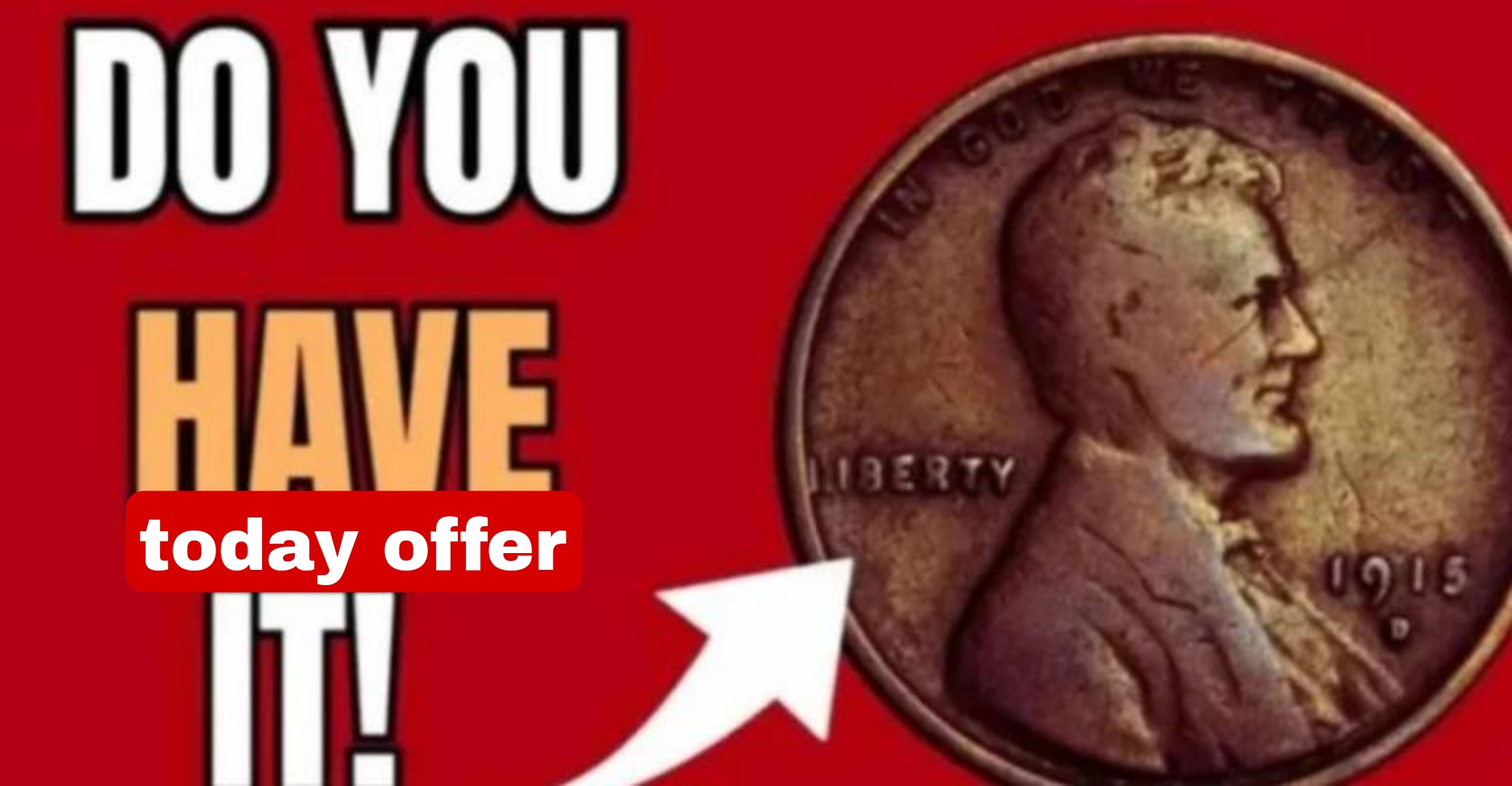Your spare change could be worth far more than you think. Among ordinary coins still in circulation today, some rare 1976 Bicentennial Quarters have become the focus of collectors’ dreams — with a few selling for tens or even hundreds of thousands of dollars. Experts estimate that together, undiscovered rare coins like these could represent more than $2.5 billion in hidden value across the U.S. So before you toss your coins into a jar, you might want to take a closer look.
The Story Behind the Bicentennial Quarter
In 1976, the U.S. Mint released a commemorative quarter to celebrate America’s 200th year of independence. It featured a special dual date — 1776–1976 — and a reverse design of a colonial drummer, created by artist Jack L. Ahr. The coin replaced the usual eagle design and quickly became a symbol of national pride.
These quarters were minted in huge numbers for circulation at the Philadelphia, Denver, and San Francisco mints. While most are worth only 25 cents, a small number contain rare minting errors, special compositions, or proof finishes, making them worth thousands of times their face value.
Why Some Bicentennial Quarters Are So Valuable
The key reason certain Bicentennial quarters are valuable is rarity — either from minting mistakes or limited runs of special editions. Here are some examples that collectors prize most:
1. Silver Composition Coins
While most quarters were struck in copper-nickel, a small batch from the San Francisco Mint was made in 40% silver for proof and collector sets. Perfect-condition examples can fetch hundreds, and error strikes even more.
2. Double Die Errors
Some 1976 quarters show doubled details in the lettering or the drummer’s drum — an error caused when the die struck the coin twice. Depending on condition, these can sell from $1,000 to $15,000.
3. Off-Center Strikes and Clipped Planchets
Coins that were struck slightly off the mark or missing a piece of metal are considered rare mint errors. These can be worth $500 to several thousand dollars, depending on visibility and condition.
4. Proof Coin Variations
Proof coins minted for collectors have a mirror-like surface and crisp details. A few proof coins escaped into general circulation — these are rare and can command $2,000–$5,000 in auctions.
5. Experimental Alloy Quarters
Some reports suggest that the Mint experimented with different metal compositions during production. A few test coins with unusual weights or colors are rumored to exist, potentially worth over $10,000 each.
How to Identify a Potentially Valuable Bicentennial Quarter
- Check the Mint Mark – Look for the small letter next to Washington’s hair ribbon. “S” (San Francisco) coins are most often proof or silver versions.
- Inspect the Edge – Regular quarters have a copper-colored edge, while silver ones have a solid silver edge.
- Weigh the Coin – Standard quarters weigh 5.67 grams; silver planchets weigh 6.25 grams.
- Examine for Errors – Look for doubling, off-center images, or missing details under good lighting or a magnifier.
- Have It Certified – For any coin that looks unusual, send it to a professional grading service like PCGS or NGC to verify authenticity and condition.
Hidden Wealth in Plain Sight
It’s estimated that millions of these Bicentennial quarters still circulate today, often tucked away in drawers, piggy banks, or inherited coin collections. While most are ordinary, the rare ones could collectively be worth billions if rediscovered by collectors and numismatists.
Final Thoughts
The 1976 Bicentennial Quarter isn’t just a nostalgic coin — it’s a potential gateway to hidden treasure. From silver proofs to minting errors, these quarters continue to surprise collectors with record-breaking prices. So before you spend your change on coffee, take a closer look — that simple coin might just be part of the $2.5 billion treasure still waiting to be found.
